Petrovietnam can master technology and develop clean energy sources.
Vietnam has the potential to diversify renewable energy sources.
PV: According to you, why is it necessary to promote renewable energy, especially renewable energy?
Dr. Du Van Toan : Currently, we are witnessing climate change, heat waves and melting ice all over the world. According to the International Energy Agency (IEA), if no drastic action is taken, temperatures could rise by 6°C by 2030, and all the ice will melt. At COP25 and COP26, many countries have committed to reducing greenhouse gases, including Vietnam by 2050. Given this reality, renewable energy is of more interest than ever.
Among the types of electricity, onshore wind power has the lowest carbon emissions, followed by renewable energy. According to scientists' forecasts, by 2050, renewable energy could account for 30% of the world's electricity sources. It can be seen that renewable energy is increasingly being interested in and promoted for development.
Vietnam is one of the world's top 10 countries in investing in renewable energy sources (wind power and solar power). To reach the Net Zero target by 2050, the proportion of renewable energy capacity will gradually increase: 25% in 2020; nearly 32% in 2030, and nearly 58% in 2045.
PV: As one of the experts on renewable energy, how do you evaluate the current renewable energy sources in Vietnam?
Dr. Du Van Toan: In Vietnam, the resources for exploiting renewable energy are quite diverse and abundant, typically hydropower, solar power, wind power... In addition, there are energy sources from biomass, geothermal, tides, waves, currents, hydrothermal...
By 2022, the total capacity of renewable energy sources in our country will reach 20,626 MW, considered one of the fastest developing renewable energy countries in the world.
Thanks to the progress and reduction in costs of renewable energy power generation technologies, Vietnam in the period of 2019-2020 had nearly 20 thousand MW of solar power installed and supplied to the national grid. In addition, in the past 2-3 years, thanks to price support policies, wind power has also reached more than 5 thousand MW. This shows that our country has a diversity of renewable energy sources. In the ASEAN region as a whole, Vietnam is ranked 1st and 2nd in developing renewable energy sources from wind and solar.
In addition, we also use biomass energy sources, with about 400 MW of biomass electricity already supplied. In the future, with the development of technology, our country can add many new renewable energy sources, especially offshore wind energy which has great potential in exploitation and use. The participation of the renewable energy industry in general in power generation, green energy production for storage, transportation... will contribute to gradually replacing fossil energy sources such as oil, gas, coal... This also plays an important role in Vietnam's goal of reducing greenhouse gas emissions.
Petrovietnam can master technology and develop clean energy sources.
PV: The potential is like that, but to be able to exploit and strongly develop clean energy sources, what do the Government and agencies, departments and sectors need to do, sir?
Dr. Du Van Toan: I understand that, regarding the GHG, the Ministry of Natural Resources and Environment has completed the draft Decree amending and supplementing a number of articles of Decree No. 40/2016/ND-CP dated May 15, 2016 of the Government detailing the implementation of a number of articles of the Law on Marine and Island Resources and Environment and Decree No. 11/2021/ND-CP; including regulations on licensing investigation and survey for the construction of GHG projects. The new draft has added regulations on dossiers, procedures for appraisal, issuance of documents approving the measurement, monitoring and evaluation of marine resources.
Recently, a group of scientists from the Institute of Environmental, Marine and Island Sciences has conducted research on potential wind farm construction areas in Vietnam using GIS technology combined with 12 criteria. On this basis, the research team has created a map of potential wind farm construction areas in the research area, reflecting relatively accurately the map of offshore wind potential in Vietnam within a 200km radius under the World Bank's Energy Management Support Program published in 2019.
In the total area of more than 600,000 km2 of the research area, the potential area for construction accounts for more than 21.62%, equivalent to 130,229.97 km2. Of which, the potential area for nearshore wind power construction (areas with water depths of less than 20m) is nearly 14,330 km2, equivalent to 11% of the total potential area, mainly concentrated in the provinces of Quang Ninh, Hai Phong City, Thai Binh, Nam Dinh, Thanh Hoa, Nghe An, Ha Tinh, Quang Binh, Ninh Thuan, Binh Thuan, Ba Ria - Vung Tau, Ho Chi Minh City, Tien Giang, Ben Tre, Tra Vinh, Bac Lieu and Ca Mau.
The remaining potential area is DGNK accounting for 89% (nearly 116,000km2), specifically: Fixed foundation DGNK (water depth below 50m) accounts for 35.23% - corresponding to 45,879.40km2, distributed in the provinces: Quang Ninh, Hai Phong, Thai Binh, Nam Dinh, Thanh Hoa, Nghe An, Ha Tinh, Quang Binh, Quang Tri, Quang Ngai, Binh Dinh, Phu Yen, Khanh Hoa, Ninh Thuan, Binh Thuan, Ba Ria - Vung Tau, Tien Giang, Ben Tre, Tra Vinh, Soc Trang, Bac Lieu and Ca Mau.
The remaining 70,024km2 (53.77%) of the area has the potential to build floating wind power plants with a water depth of 50-1,000m, distributed almost far from the shore of provinces and cities such as Hai Phong, Thai Binh, Thanh Hoa, Nghe An, Ha Tinh, Quang Binh, Quang Tri, Quang Ngai, Binh Dinh, Phu Yen, Khanh Hoa, Ninh Thuan, Binh Thuan, Ba Ria - Vung Tau, Tien Giang, Ben Tre, Tra Vinh, Soc Trang and Bac Lieu.
For renewable energy to develop strongly, I think that management agencies need to build a legal framework for renewable energy and renewable energy such as laws and documents such as decrees, circulars, national standards, etc.
In addition, it is necessary to delineate in detail the areas of technical marine space on the sea map, belonging to provinces, nearshore and offshore zones; specific marine space (province, coordinates) according to Power Plan VIII (by 2030 it is 6,000 MW, 2050 it is 87-91.5 GW). The national marine space planning needs to consider marine space for wind power of about 90-100 GW (both onshore and offshore) with a marine area (standard 10 MW/km2) of about 10,000km2. The maximum level can be 20,000km2, or 5 MW/km2 divided into lots, locations... In which, there is marine space for wind power for export and for domestic use.
To strengthen the legality, it is necessary to legalize marine space for fixed sectors such as GHG, marine farming, oil and gas, submarine cables, Internet, maritime, national security, etc.
Petrovietnam has many advantages in developing renewable energy.
PV : What is your assessment of the potential and advantages of Petrovietnam in participating in surveying, evaluating and developing new forms of energy, offshore renewable energy such as hydrogen, GHG, ammonia...?
Dr. Du Van Toan : As a leading enterprise in Vietnam in the energy sector, I think Petrovietnam has many advantages in developing clean energy sources and renewable energy.
With extensive experience in exploration and exploitation of the continental shelf as well as in deep sea areas, Petrovietnam has many good experts who can participate in surveying and evaluating the economic potential of the sea and continental shelf of Vietnam.
In addition, with thousands and tens of thousands of engineers and skilled workers with experience in maritime as well as construction of offshore projects, Petrovietnam in general and Vietnam Oil and Gas Technical Services Corporation (PTSC) in particular could be a breakthrough enterprise, leading in the construction, installation and operation of offshore projects such as wind power, offshore solar power, hydrogen, etc.
In addition, PTSC can also become a leading enterprise in providing equipment for renewable energy, such as wind power bases or ports, specialized ships for renewable energy...
Dr. Du Van Toan in a seminar
PV: So what are the challenges to developing the DGNK, sir?
Dr. Du Van Toan: The biggest challenge in developing offshore wind energy is licensing offshore wind energy surveys to establish feasibility studies. Although we have some provisions in the Law on Marine Resources and the Law on Planning, there is no clear mechanism.
Specifically, Article 8 of Decision No. 39/2018/QD-TTg dated September 10, 2018 of the Prime Minister on amending and supplementing a number of articles of Decision No. 37/2011/QD-TTg dated June 29, 2011 of the Prime Minister on the mechanism to support the development of wind power projects in Vietnam stipulates: Investors are only allowed to start construction of wind power projects when there is a report of wind measurement data for a continuous period of at least 12 months.
Article 5 of Circular No. 02/2019/TT-BCT dated January 15, 2019 of the Ministry of Industry and Trade regulating the implementation of wind power project development and the Standard Power Purchase Agreement for wind power projects stipulates: “Wind power projects must have a report on wind measurement results at the project area before preparing and approving the feasibility study report. Wind measurements must be carried out for a minimum of 12 consecutive months at representative locations, the number of wind measuring columns must be consistent with the changes in the terrain of the project area…”.
The issue of licensing offshore wind energy surveys, which was previously unclear, has now been adjusted and is expected to be issued according to a new, more stringent application form. Previously, only one offshore application was required, but now it is necessary to apply for both offshore survey and assessment applications. Currently, we only have 3 projects licensed for energy survey and assessment, and 40 applications are waiting but have not been licensed.
It is gratifying that on June 28, at the 7th Session, the 15th National Assembly voted to pass Resolution No. 139/2024/QH15 on the National Marine Spatial Planning for the 2021-2030 period, with a vision to 2050.
The Resolution has defined the scope of the planning; set out viewpoints, goals, visions, key tasks and breakthroughs; developed orientations for space arrangement and zoning for each area. At the same time, the Resolution has proposed solutions and resources to implement the planning as well as the expected list of important national projects and the order of priority for implementation in the 2021-2030 period, with a vision to 2050.
The Resolution also sets out 5 key issues and 4 key breakthroughs that have great influence and create momentum for development. Specifically, the 5 key issues include: Firstly, perfecting institutions and policies, including developing criteria and regulations to handle issues arising in overlapping areas and conflicts in the exploitation and use of marine space; perfecting policies for developing clean, renewable energy and new marine economy; issuing guidelines and regulations for implementing local-level zoning of marine space.
Petrovietnam can master technology and develop clean energy sources.
Second, building marine infrastructure; focusing on key areas such as seaports and transport connecting seaports with the mainland, marine communications, digital economic infrastructure, etc.
Third, build cultural institutions for the sea and islands; organize cultural activities for the sea well, improve the cultural and social life of residents in coastal and island areas; organize propaganda and raise awareness and responsibility for building a strong and rich nation from the sea. Fourth, control and manage waste sources and resolve environmental pollution hotspots; restore degraded ecosystems to increase the area for conservation and protection of the sea. Fifth, promote basic surveys of marine and island resources and environment; establish a digital database of the sea and islands; strengthen training of marine human resources and scientific and technological research to serve new marine economic sectors.
The four breakthroughs include: One is to focus on building infrastructure systems and logistics services associated with the development of the shipbuilding and maritime transport industry. Two is to develop sustainable, responsible, and creative sea and island tourism associated with the development of green and smart island urban areas.
Third is to promote the development of the fisheries economy in a green, circular, low-carbon, and resilient direction, prioritizing the development of marine aquaculture and offshore fishing, associated with marine conservation and marine culture. Fourth is to rapidly and sustainably develop clean, green energy from the sea, prioritize the development of renewable energy, ensure national energy security, defense, security, research, and comprehensive assessment of the potential and development of the oil and gas industry, solid minerals, and construction materials on the seabed.
However, there are still some “bottlenecks” such as: in the exploitation planning in the Power Plan VIII, it is not clear which area will build 86KW of renewable energy. Currently, the Law on Renewable Energy is not yet available, causing legal difficulties in developing renewable energy.
Besides, for the export of imported goods, we do not have a plan for a separate export area. The law also does not clearly stipulate who issues the export project, what the procedures are and what the criteria are for export? These are the challenges in the development of imported goods in our country...
PV : Thank you very much!
With thousands and tens of thousands of engineers and skilled workers with experience in maritime as well as construction of offshore projects, Petrovietnam in general and Vietnam Petroleum Technical Services Corporation (PTSC) in particular could be a breakthrough enterprise, leading in the construction, installation and operation of offshore projects such as wind power, offshore solar power, hydrogen, etc.
Minh Khang
Source: https://www.pvn.vn/chuyen-muc/tap-doan/tin/9f278a44-4076-4a16-b1f8-ca2554a837c1


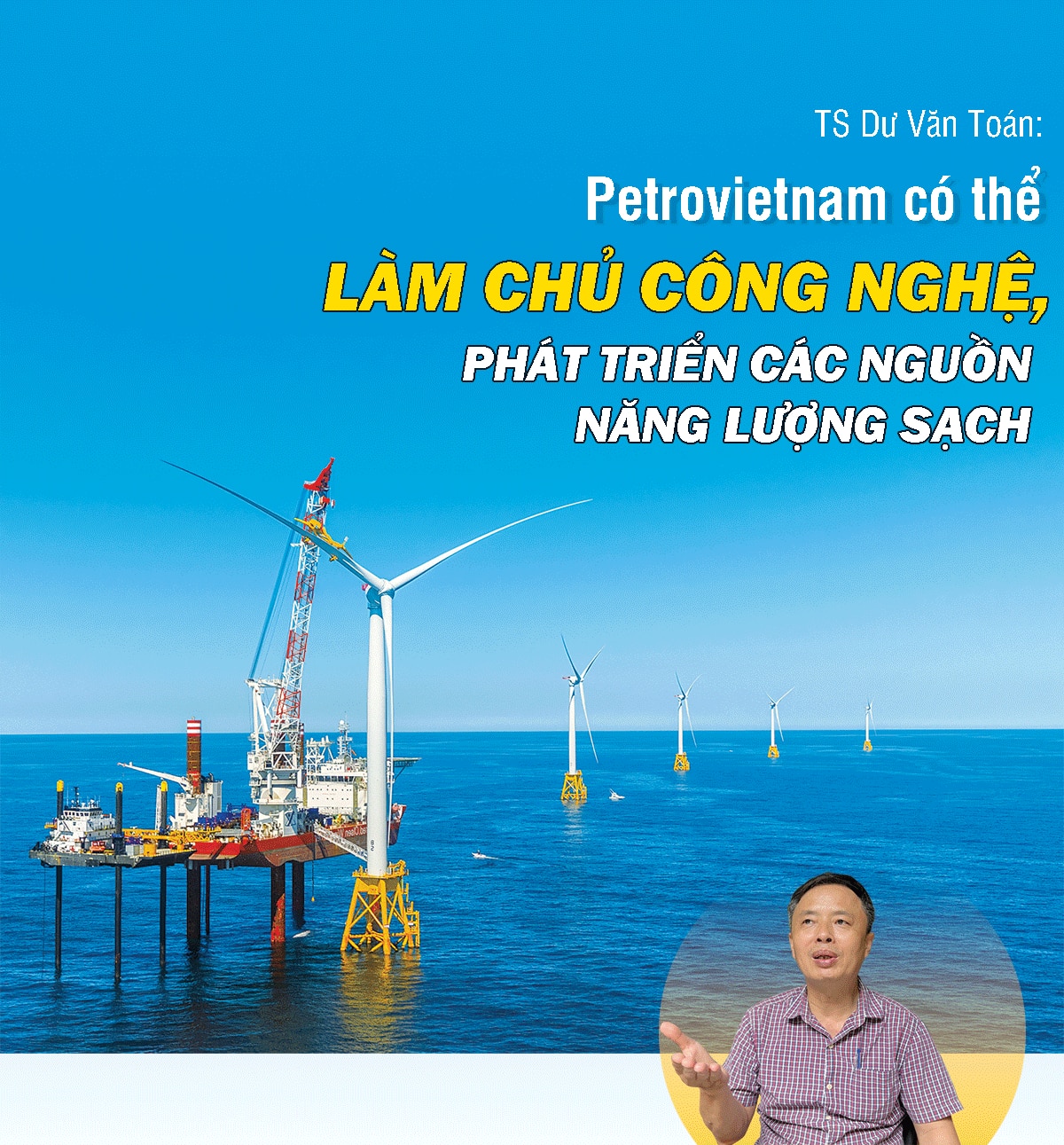
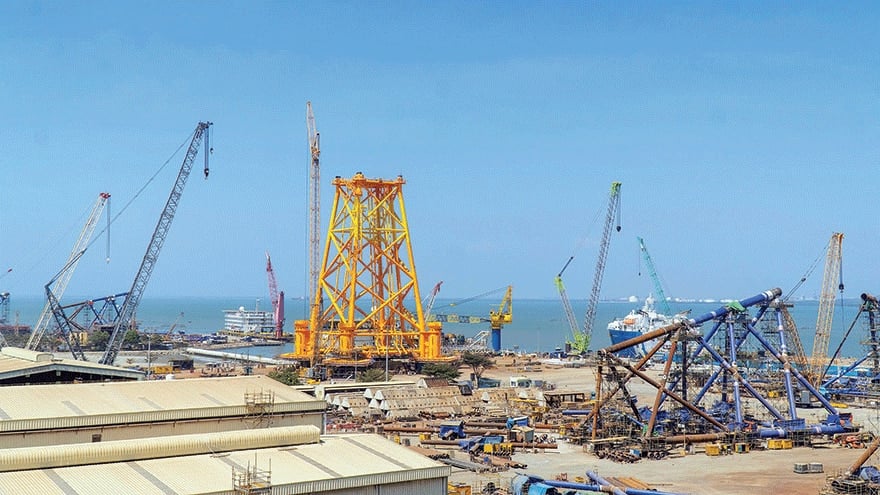
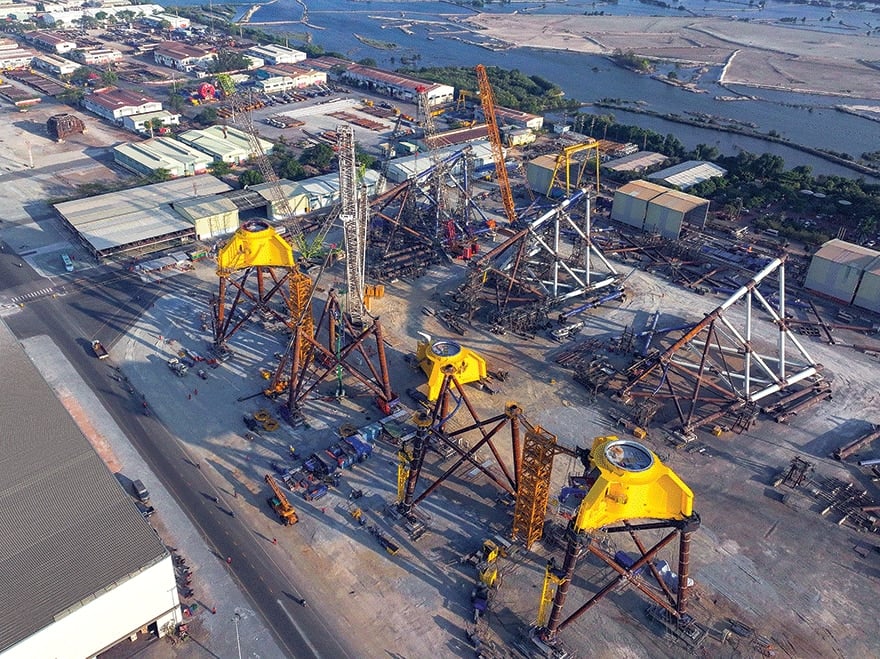
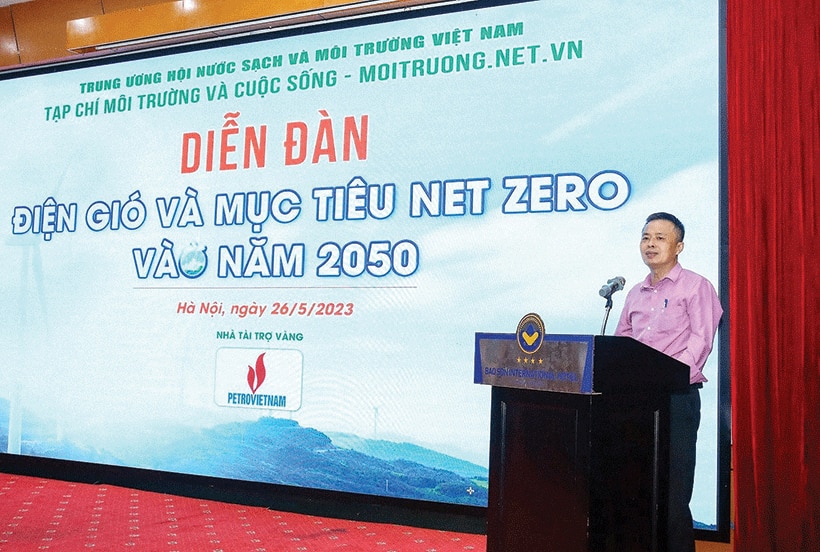
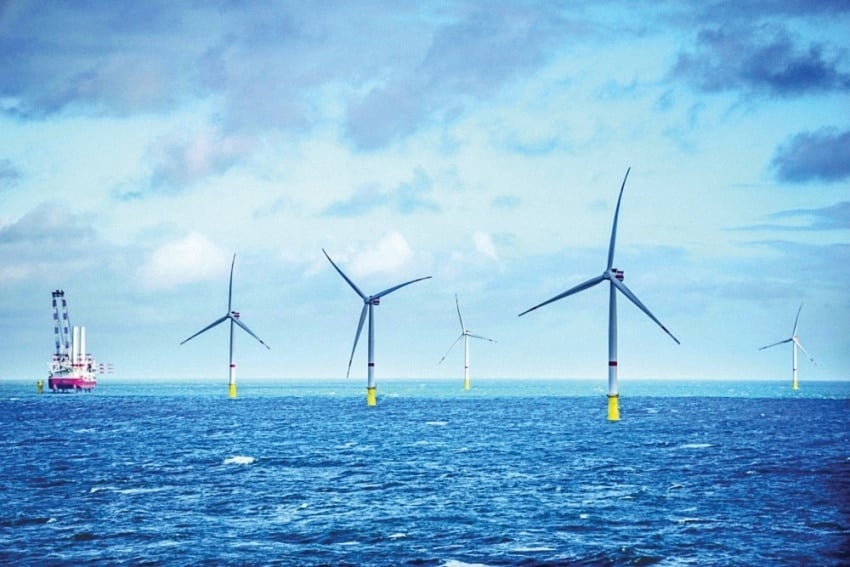

![[Photo] Prime Minister Pham Minh Chinh chairs conference on anti-smuggling, trade fraud, and counterfeit goods](https://vphoto.vietnam.vn/thumb/1200x675/vietnam/resource/IMAGE/2025/5/14/6cd67667e99e4248b7d4f587fd21e37c)






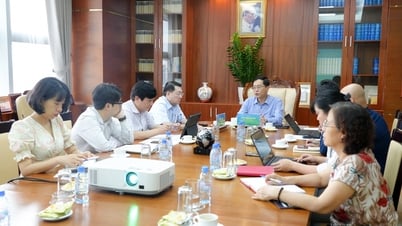
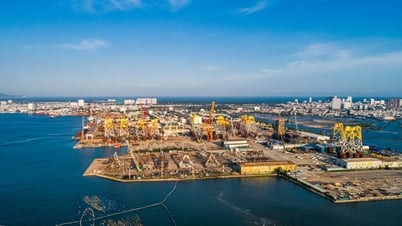
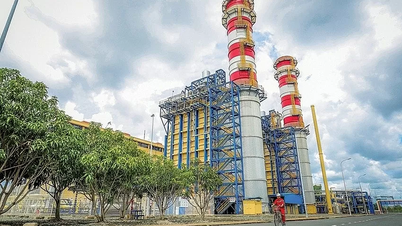

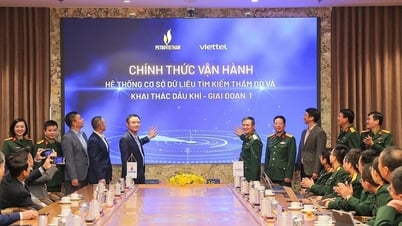
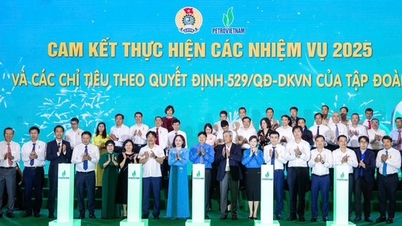

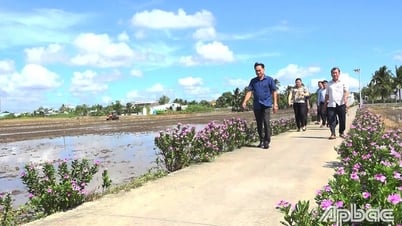


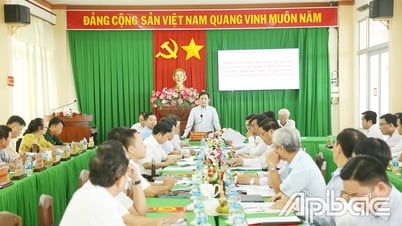

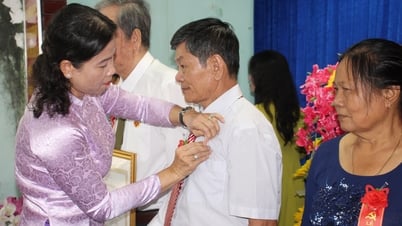
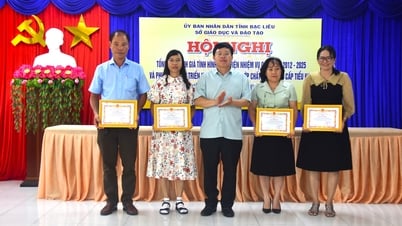




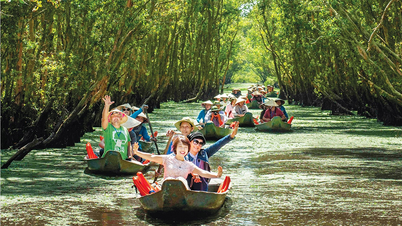

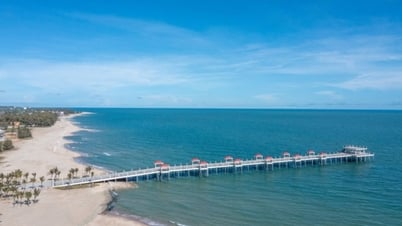

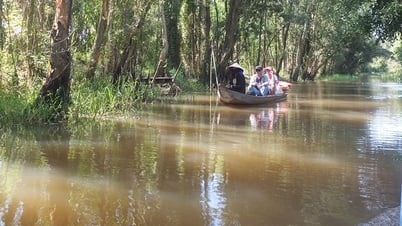
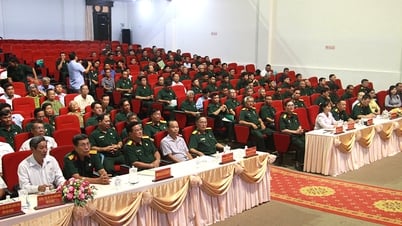















































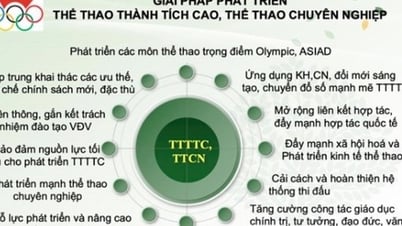



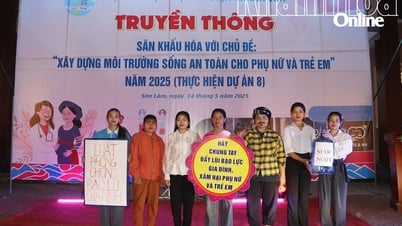

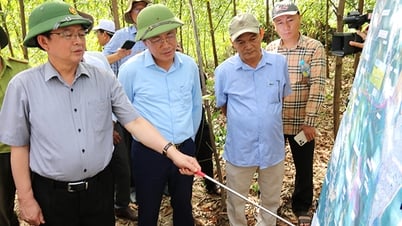

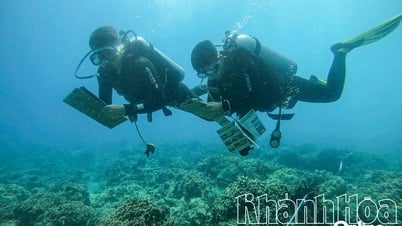









Comment (0)